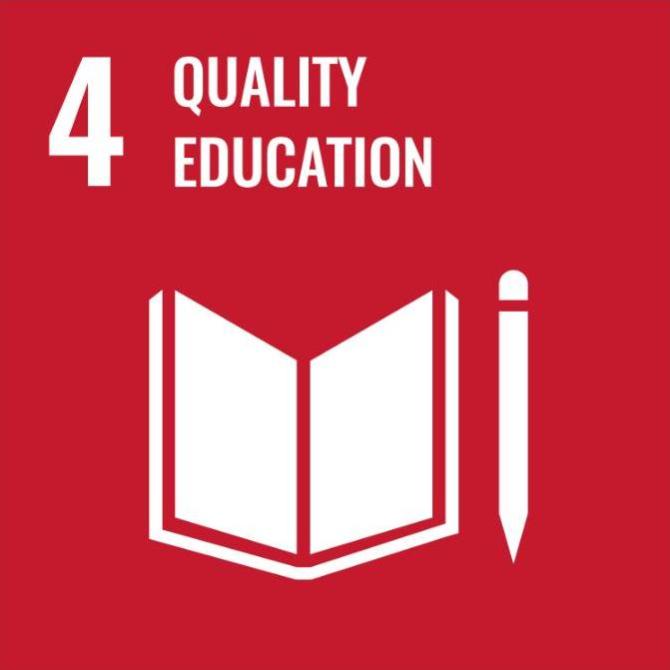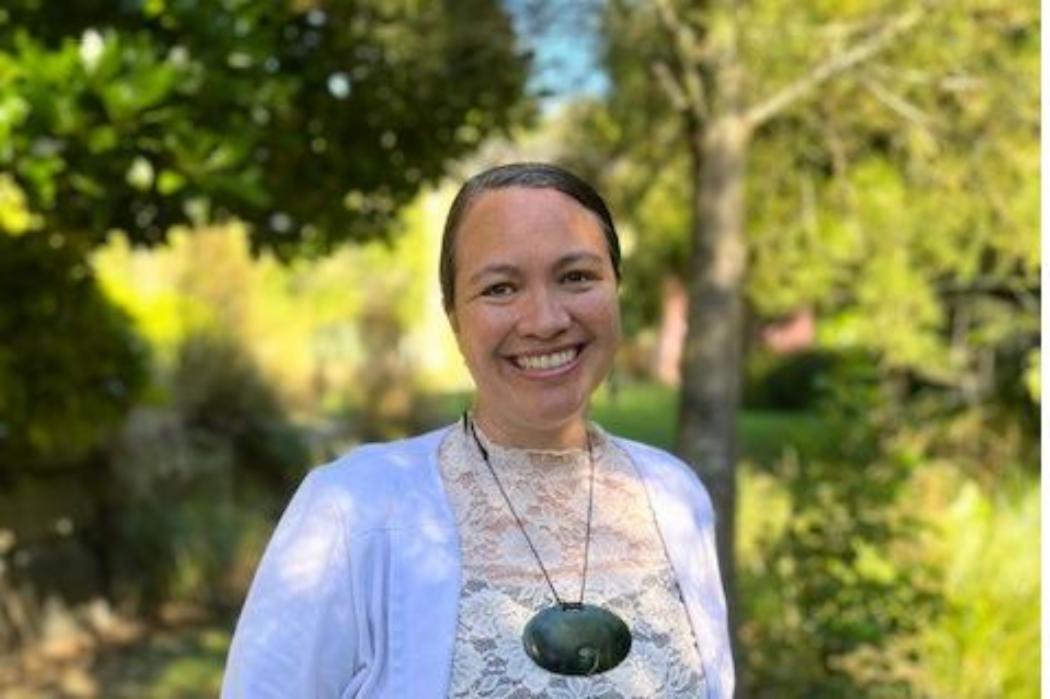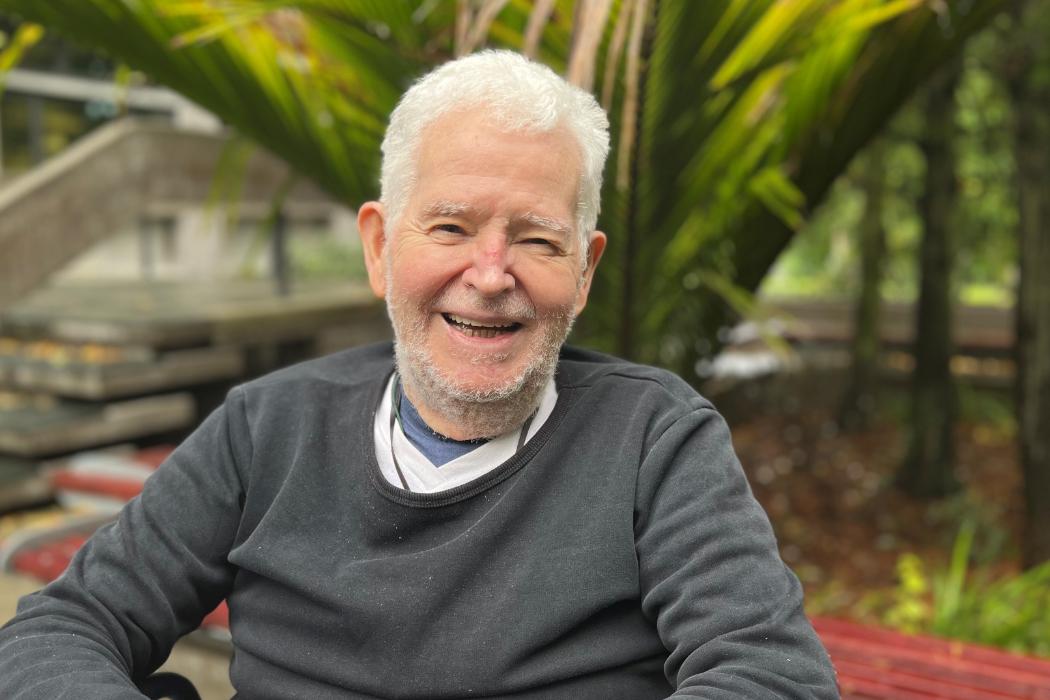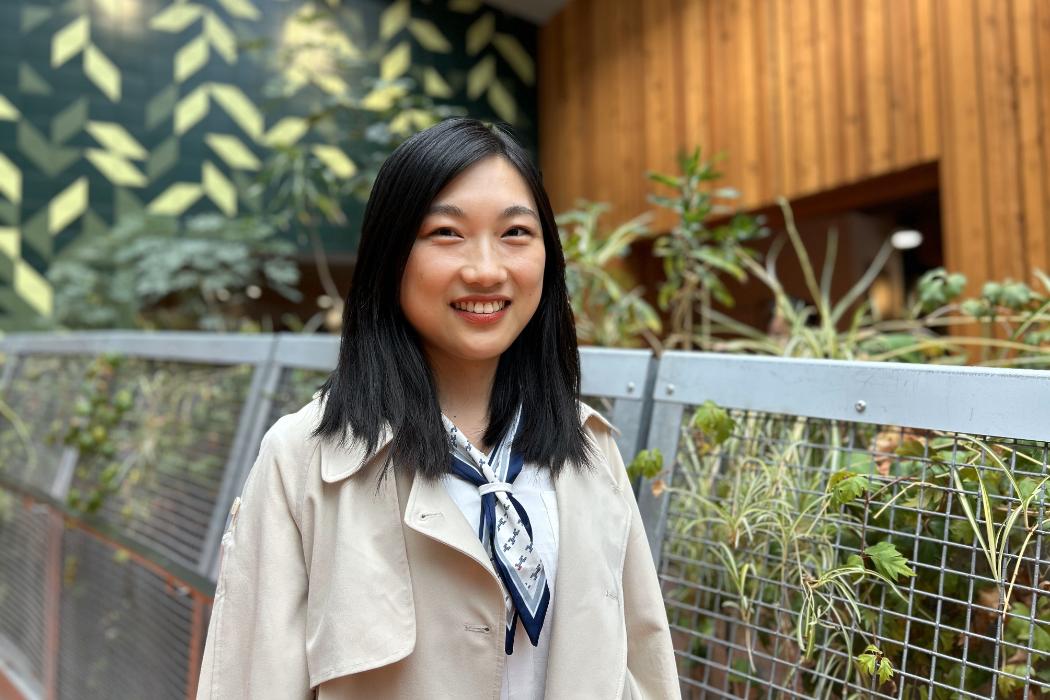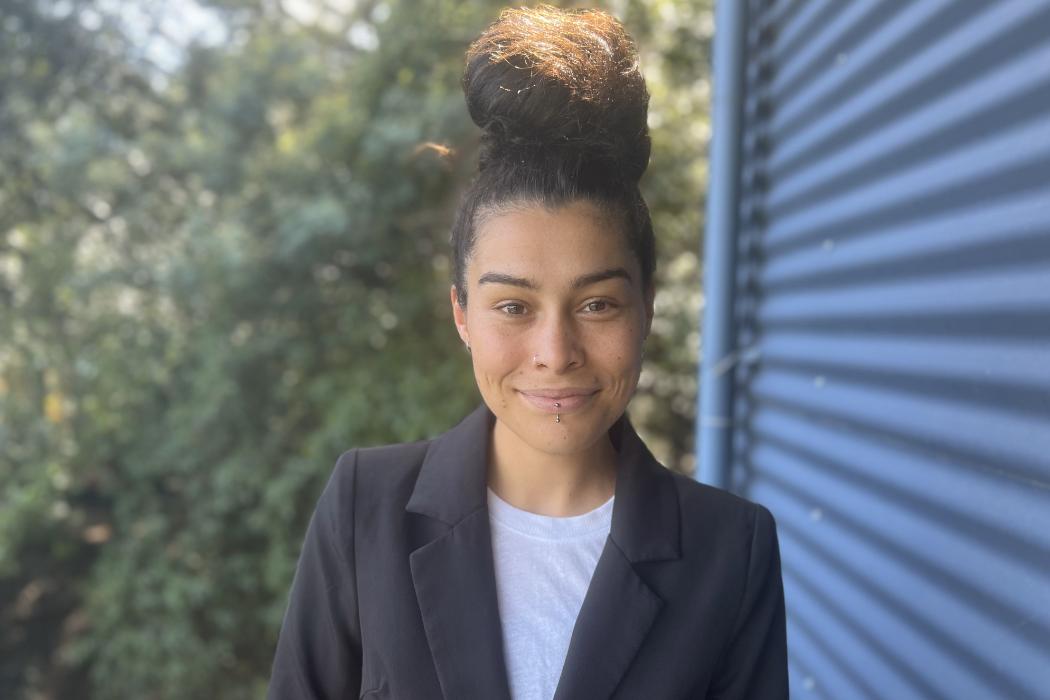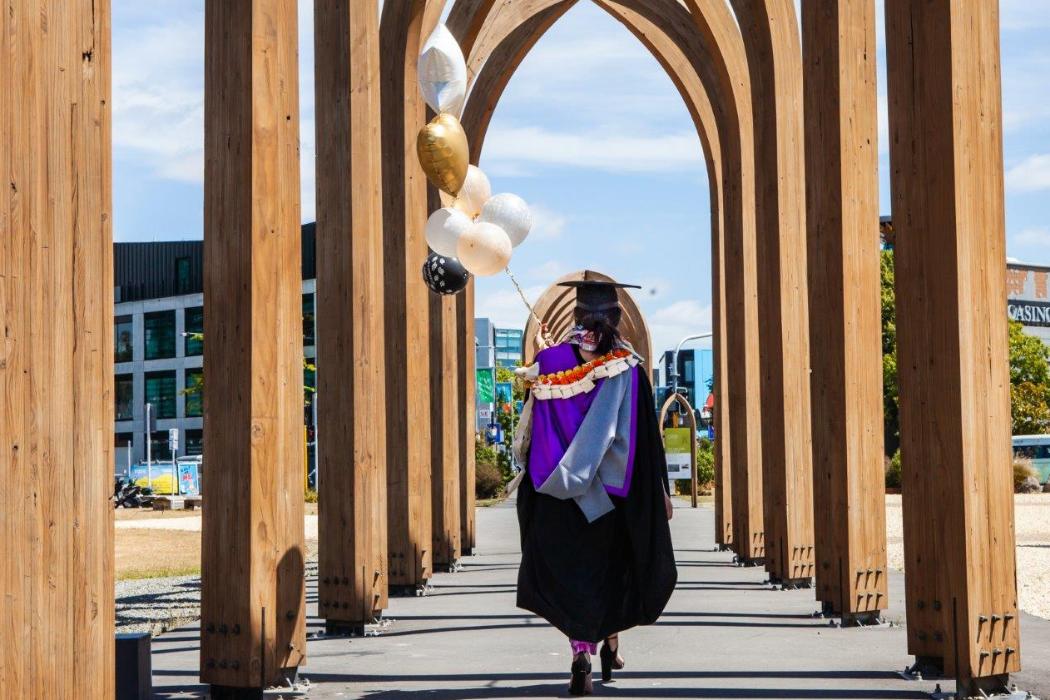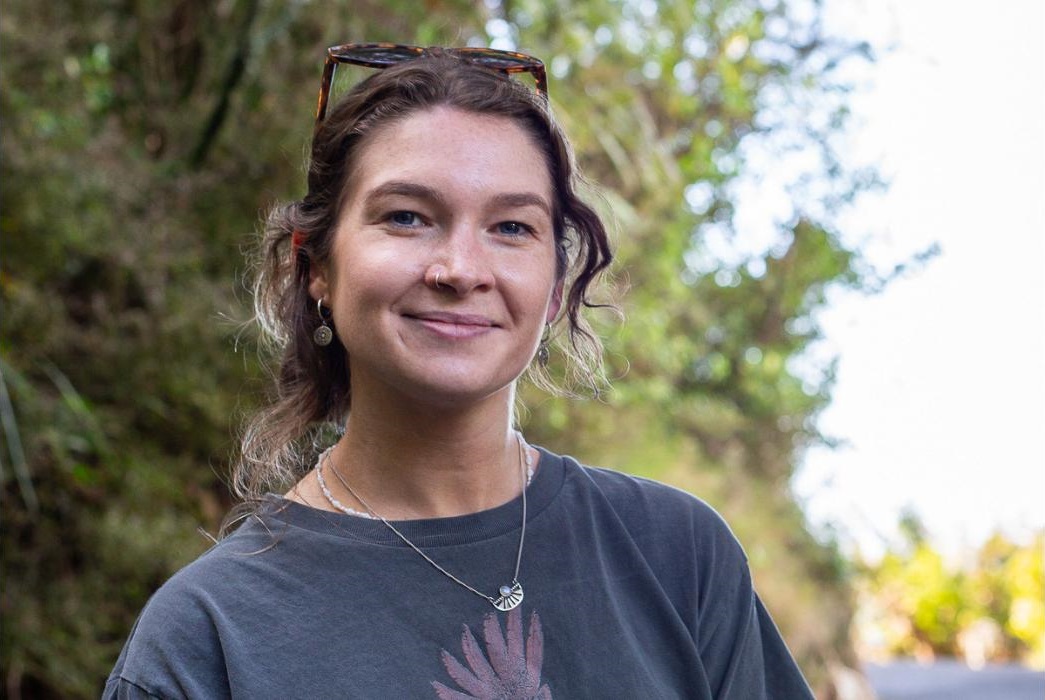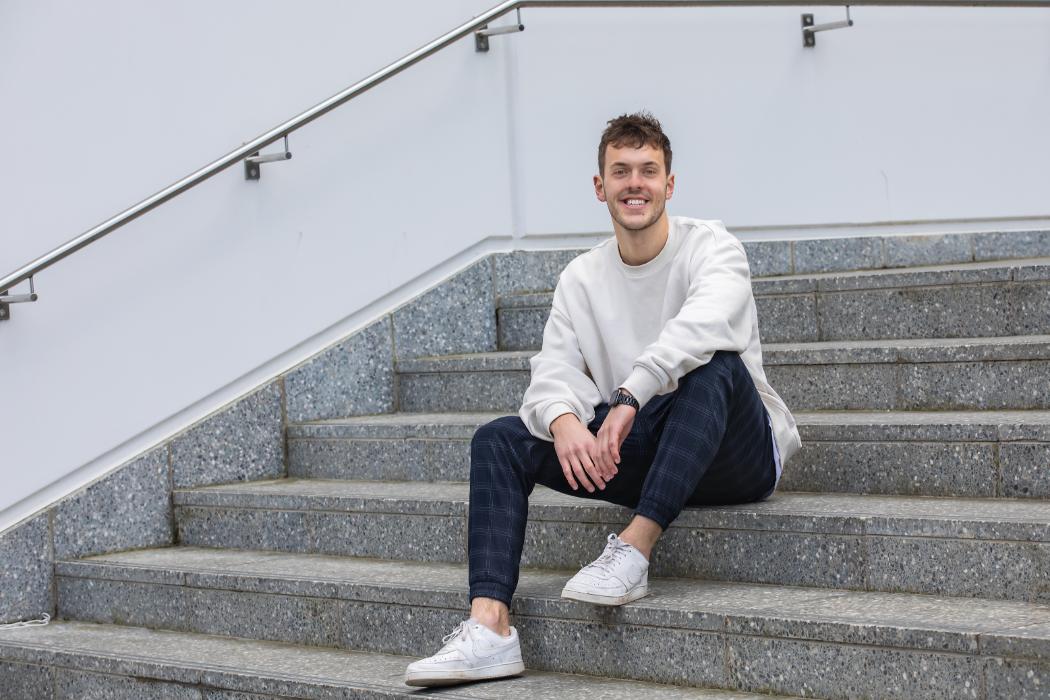“I’ve always enjoyed teaching. When I returned to academia from the software industry, I wanted to understand more about what it means to be an effective teacher, so that I can give my students the best education possible,” he says.
“The PGCertTT has given me tools to evaluate my own teaching and course design, as well as resources on how to understand the educational approaches of others. It’s also given me the confidence to try new things, which I think makes the learning experience for the students better.”
Before becoming an academic, Dr Clark founded Quiver Vision whose main product is Quiver, a colourable augmented-reality application based around a technology he invented during his Computer Science PhD research at UC’s HIT Lab NZ. The app enables users to point their device’s camera at a colouring page and bring that artwork to life in Interactive 3D Augmented Reality on the device’s screen.
Initially launched as ‘edutainment,’ the app quickly gained a global following of teachers who saw the potential for engaging with their students – from pre-school to university. Since then, Quiver Vision has developed content to enable new ways of presenting information about topics as diverse as the mathematical platonic solids, cellular biology, and even hygiene in the era of COVID-19.
Dr Clark’s study was particularly timely as it coincided with his involvement in the creation and direction of the new UC Bachelor of Digital Screen (Hons) degree, part of the University’s innovative Digital Screen Campus programme, so he was able to directly apply his new knowledge to development of the new qualification.
“The Bachelor of Digital Screen (Hons) and Digital Screen Campus are built on the convergence between the different digital screen industries, arts and engineering, and education and industry,” he says.
“To make sure all these different aspects were addressed, we needed to think more differently about curriculum design than is often necessary for traditional disciplines. My studies were invaluable when developing a holistic curriculum and campus to suit such a diverse range of students and contexts.”


